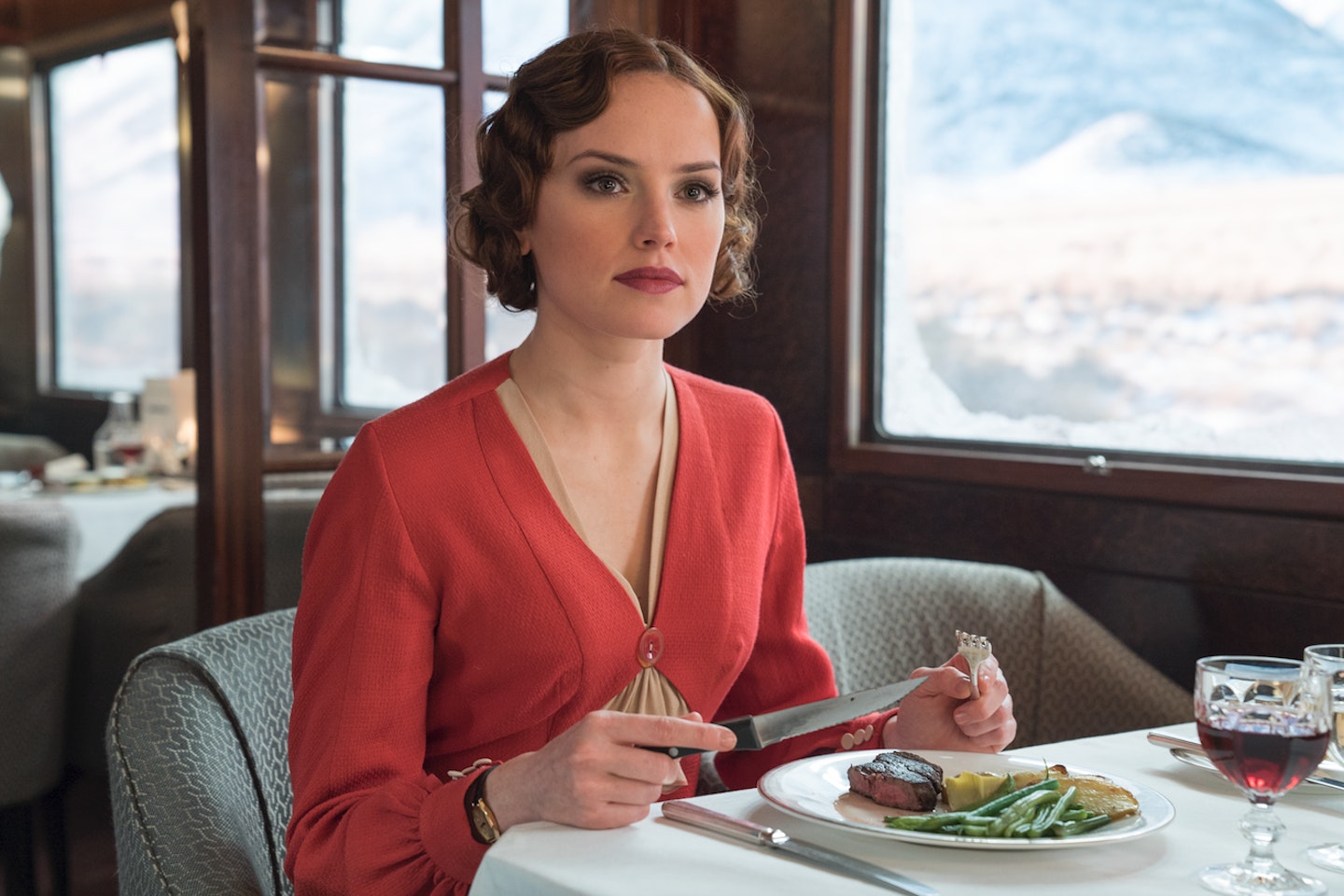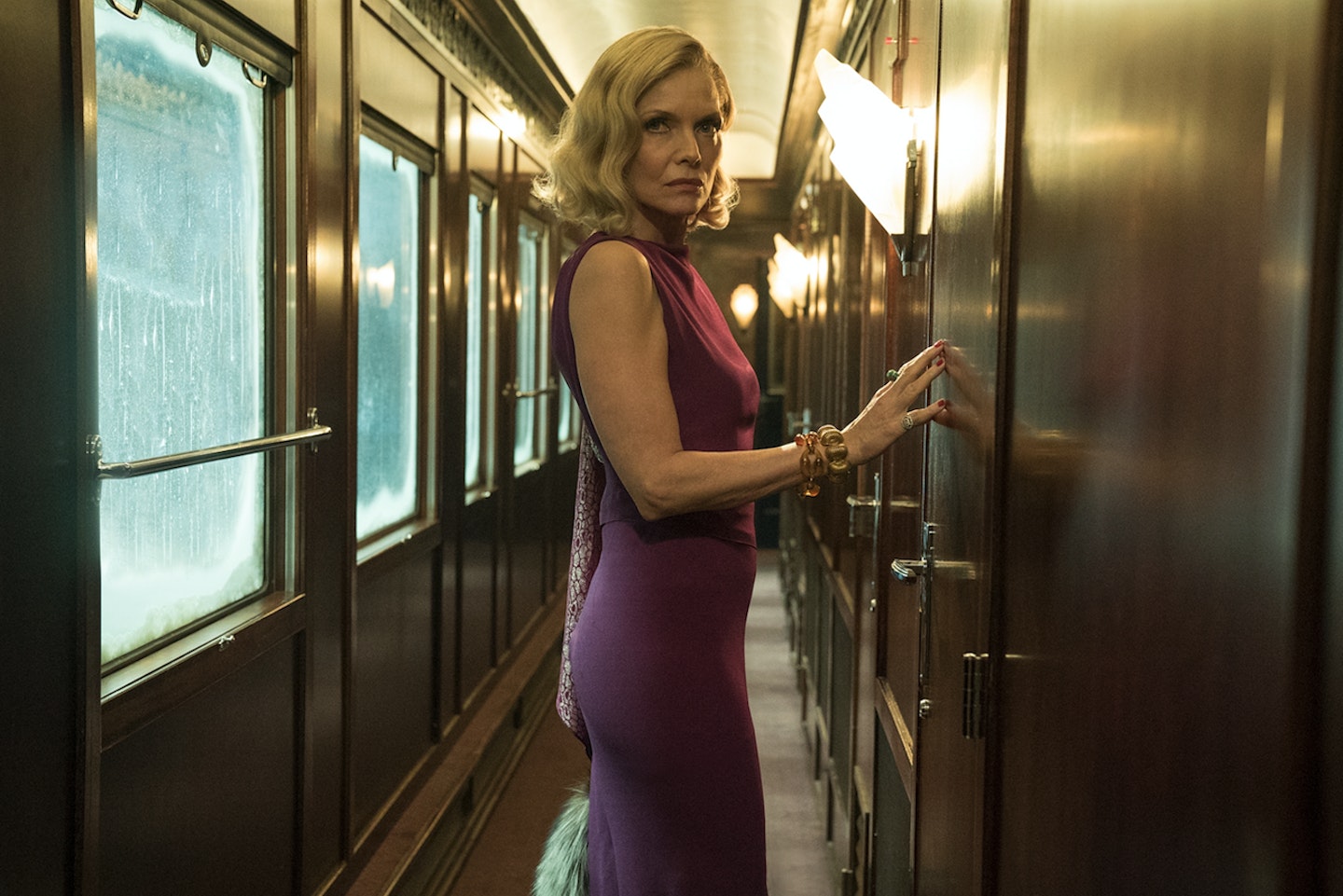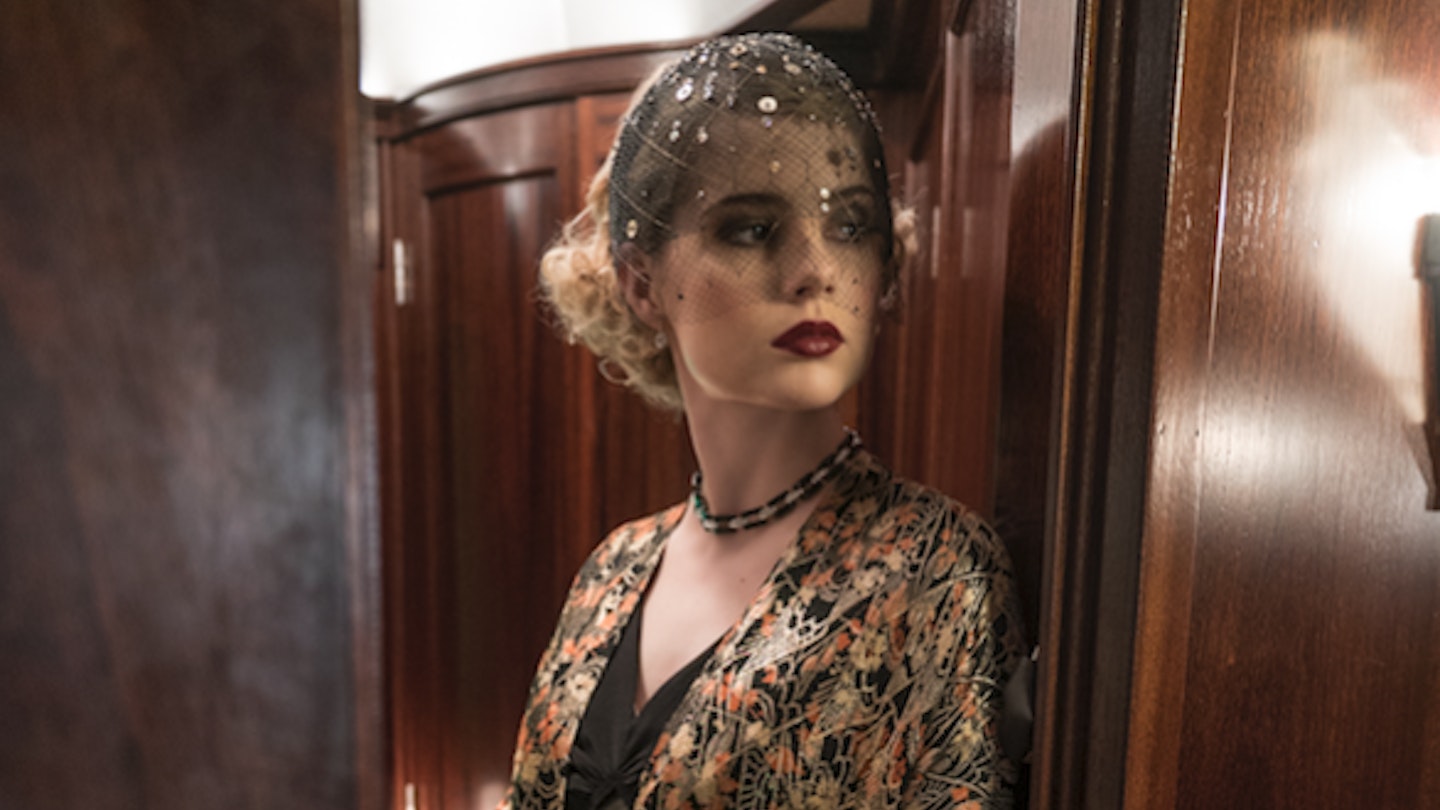Michelle Pfeiffer, Daisy Ridley, Penélope Cruz, Judi Dench, and Kenneth Branagh on detective duties as Poirot: the line-up for Murder On The Orient Express reads like a roll call of who’s who in Hollywood. Responsible for outfitting the film’s sprawling line up of potential suspects is Alexandra Byrne, the Oscar-winning costume designer whose career spans from period pieces like Finding Neverland and Cate Blanchett’s Elizabeth films (she took the aforementioned Oscar for The Golden Age in 2008) to blockbusting Marvel movies like Thor and Guardians of the Galaxy. She’s no stranger, then, to high-profile projects like this one, but how does a designer manage the twin demands of a huge cast (in all possible senses) and the accuracy required of a period drama?
While Murder On The Orient Express takes place in a resolutely analogue age, Alexandra’s research process capitalises upon all the advantages of the digital era. When composing her pre-shoot mood boards – mash-ups of black and white archive photos, dressmaker’s patterns, historical figures – ‘the Internet is an incredible source,’ she explains. ‘At the moment, I’m doing an Elizabethan film [Mary Queen of Scots, starring Saoirse Ronan and Margot Robbie], so I immediately pulled out my boards that I’d done for Elizabeth (1998)– that research was done pre-Internet, and I know how hard to was to find those images. Now, I’m inundated, but I don’t think you can ever have too many images.’ These are then distilled down to a final, encapsulating collage. ‘Although it doesn’t look very creative, for me it is – you’re choosing how to compose these images, the juxtapositions… You’re distilling your take on a character in a way you want to present it to other people.’

For a ‘30s drama like this one, it’s still possible to find vintage pieces from the era in a usable condition. ‘Because this is set in the twentieth century, you have access to original garments, from costume houses and vintage fairs,’ Alexandra explains. ‘My right hand on a film like this is the costume supervisor – they take care of all the logistics and the practicalities. When we were wrapping on this shoot, he said “You do realise we’ve used 23 hire houses?" when normally we only use four or five.’
‘I start to put together a rail of clothes for the actors, whether it’s the right size, the right colour, the right anything: every garment you put on an actor tells you something,’ she adds, and according to Alexandra, it’s here that the collaboration between the designer and the actor begins. ‘In this film, not many of the characters are dressed as their true personas, so Ken [Branagh, the director and star] wanted me to do a ‘Who Do You Think You Are’-style backstory on everybody, which then just became something to discuss with the actor,’ she says. ‘It was a very collaborative process; it means you end up with something that I would never have come up with on my own.’ By the designer’s reckoning, it was Michelle Pfeiffer’s character that underwent the biggest transformation, from initial sketches to her on-screen incarnation. ‘The one that blossomed is Caroline Hubbard,’ she reveals. ‘How do you dress this woman that Christie described as “walking too loud?” She’s the type of person that if she came into your train compartment, you’d go, “Oh please don’t sit next to me…” So it’s a case of how you can make her credible through costume. [Michelle] is fantastic and incredibly moving in it, which is not what I’d have expected in an Agatha Christie.’

This being a period piece and a literary adaptation (of one of the most-read and most-filmed whodunits in publishing history, no less), it might be tempting for a designer to doggedly follow Christie’s original descriptions to the letter in pursuit of historical accuracy. Alexandra, however, is aware of the dangers of getting ‘over bogged down’ in research. Fabrics look and behave differently now; even our bodies are different shapes to our ‘30s forebears, so valuing authenticity above all else can prove a distraction from the story at hand. ‘Ken [Branagh] and I tried to understand what [Christie] was saying and what she wanted, but maybe that wouldn’t always be relevant to the casting or the story that we’re telling,’ she says. ‘It’s about knowing how to use the information.’ The result is a more contemporary take on the essence of the period, tailored for a 21st century audience.
Murder On The Orient Express is out in cinemas from 3rd November
READ MORE: The Stories Behind La La Land's Modern Classic Costumes
READ MORE: Unpicking The Costumes On Netflix's The Crown With Michele Clapton
